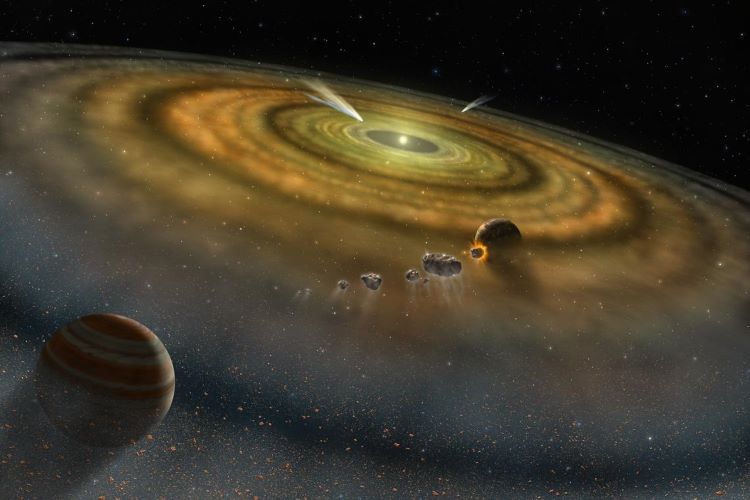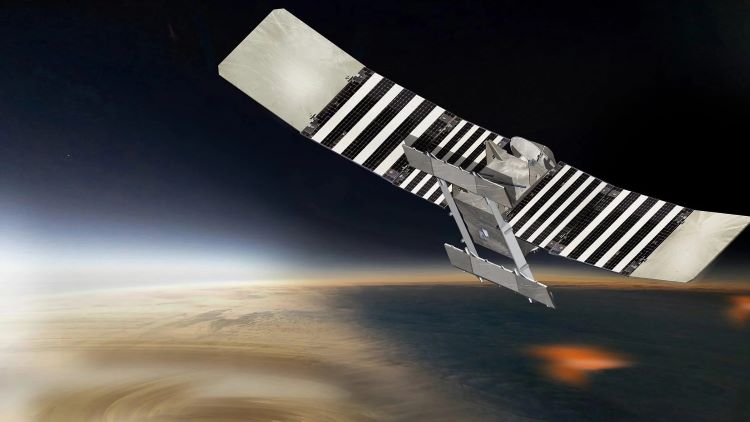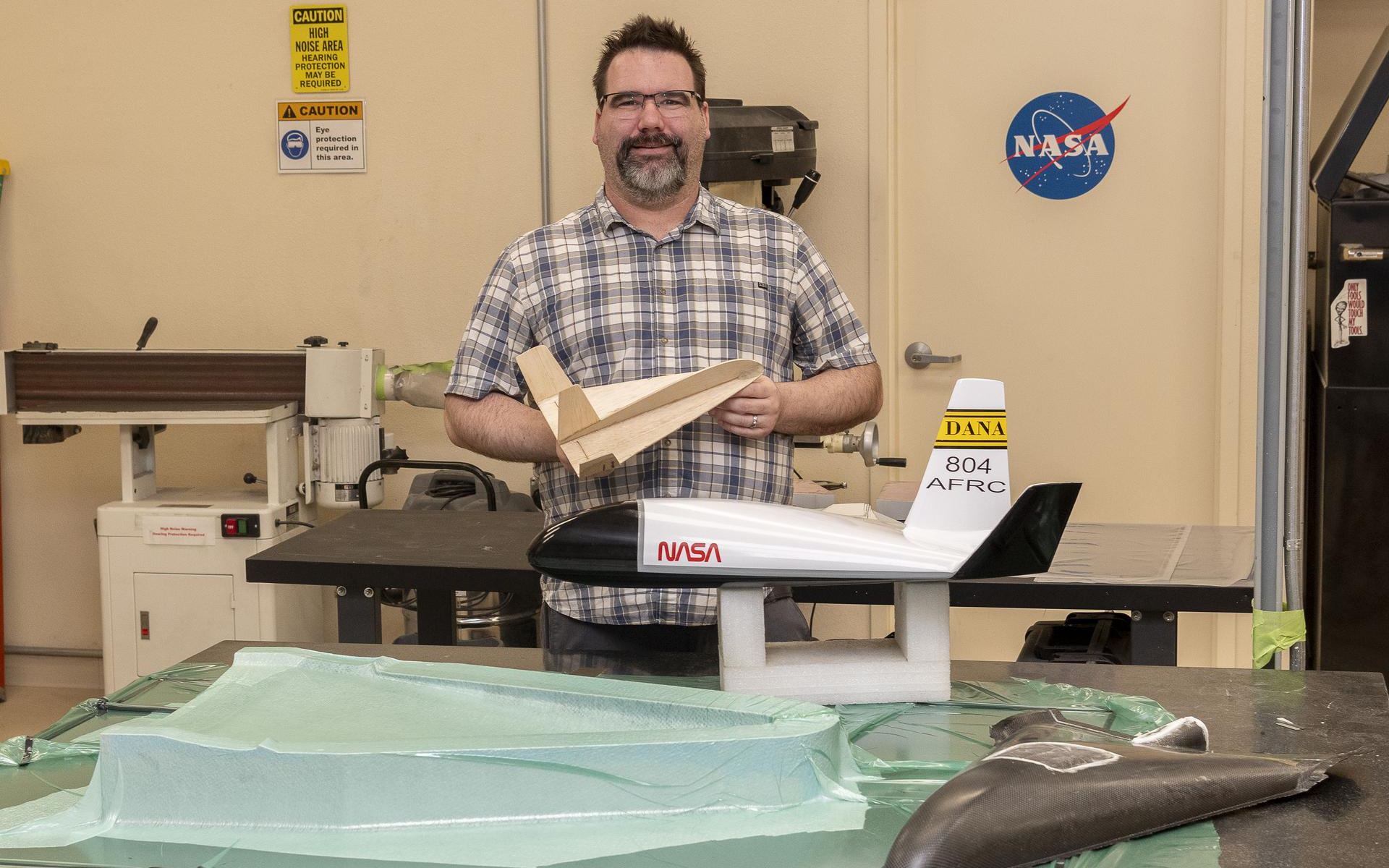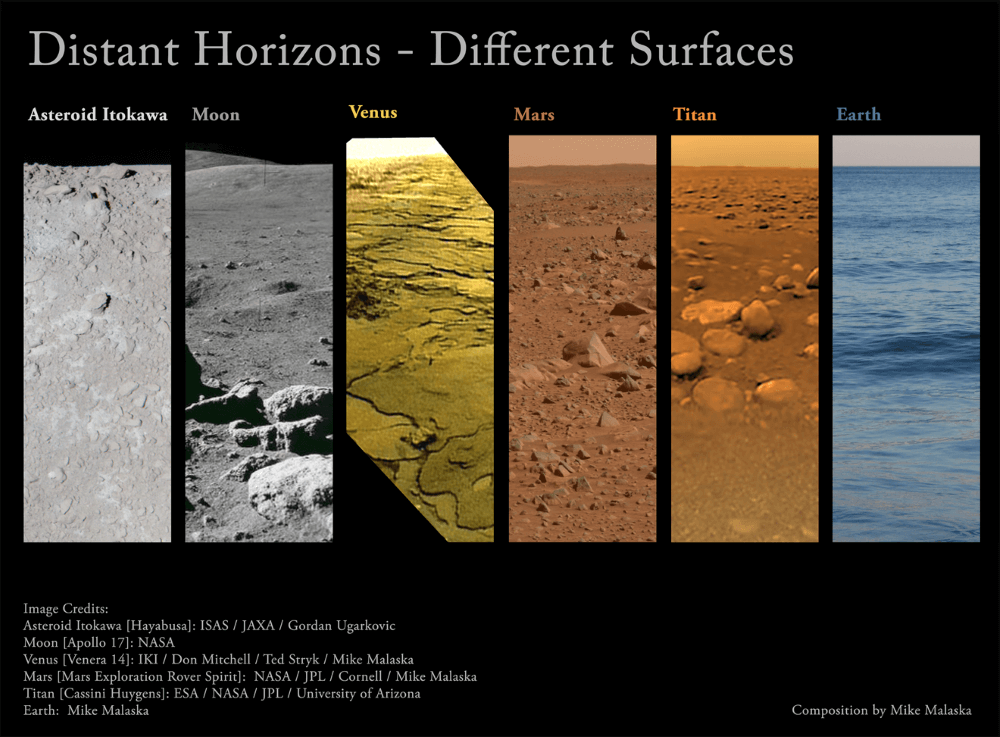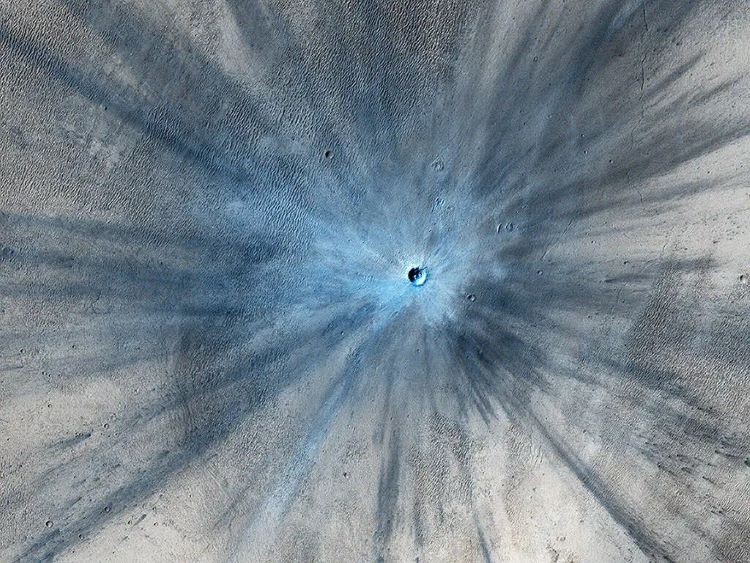Why is it important to search for exoplanets in triple star systems and how many can we find there? This is what a recent study accepted by Astrophysics & Space Science hopes to address as a pair of researchers from the University of Texas at Arlington investigated the statistical likelihood of triple star systems hosting exoplanets. This study holds the potential to help researchers better understand the formation and evolution of triple star systems and whether they are suitable to find life as we know it.
Continue reading “We Don’t See Many Planets in Old Triple Star Systems”We Don’t See Many Planets in Old Triple Star Systems


